McDonald's: Strategic Analysis of Competitive Decline and Recovery
VerifiedAdded on 2023/04/22
|5
|1012
|277
Case Study
AI Summary
This case study examines McDonald's strategic management in light of increasing competition and changing consumer preferences. It identifies trends in the external environment, such as the growing preference for healthy and socially conscious fast-casual restaurants among millennials, which negatively impacts McDonald's competitive advantage. The analysis reveals that McDonald's is not well-positioned against competitors like Burger King and Wendy in terms of food, service, and innovation. While McDonald's historically employed an integrated differentiation and low-cost strategy, recent disruptions have rendered it less effective. The company's global expansion strategy, based on transactional considerations, is also discussed. The case concludes by outlining strategic recommendations for CEO Easterbrook, including focusing on high-quality products, increasing restaurant presence in high-traffic areas, and adopting effective leadership strategies to address the company's decline. Ultimately, the organization needs to focus on turnaround plans by decreasing management layers, meeting customer needs, and changing internal structure to foster prompt decision-making and stronger accountability.
1 out of 5
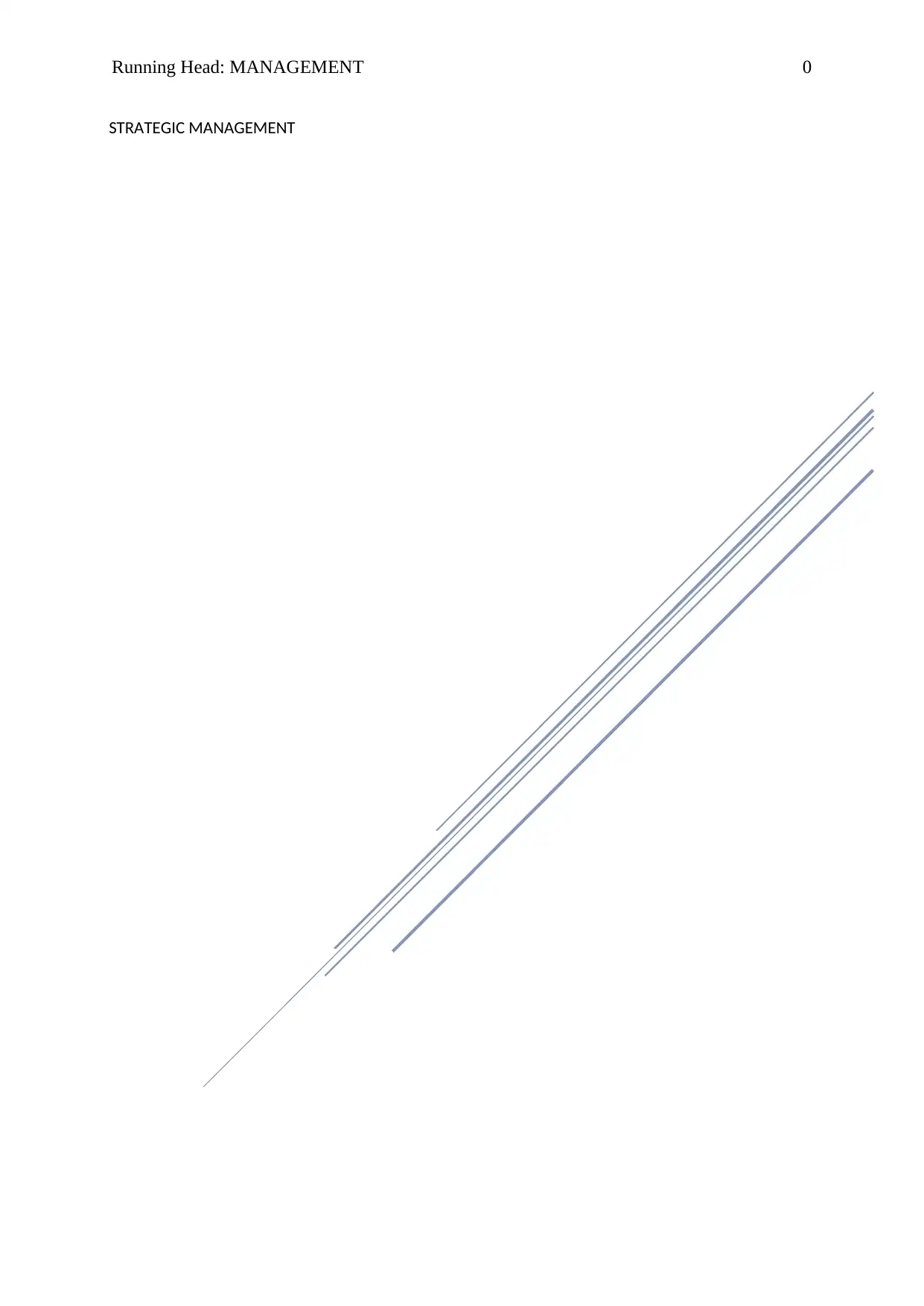
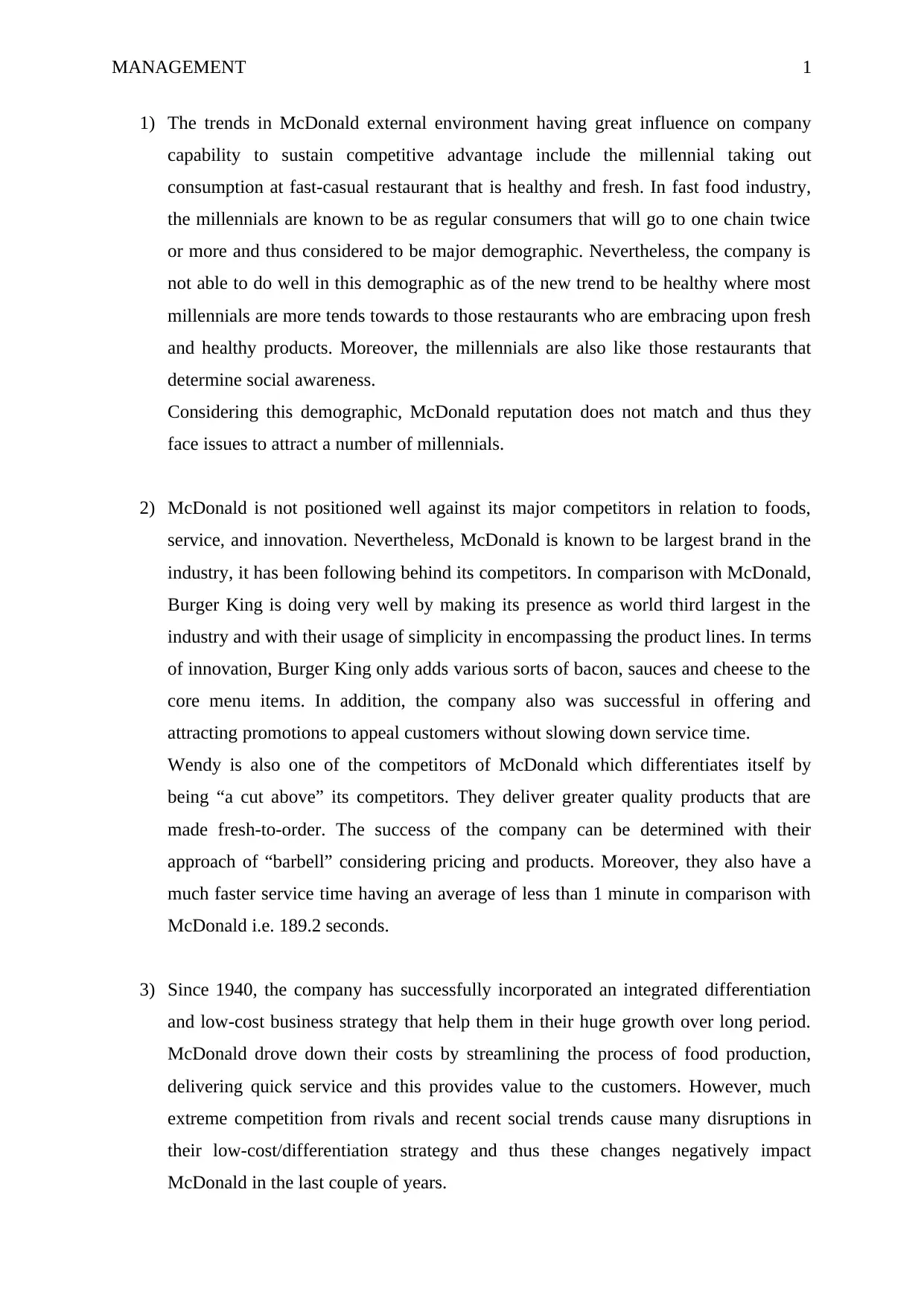
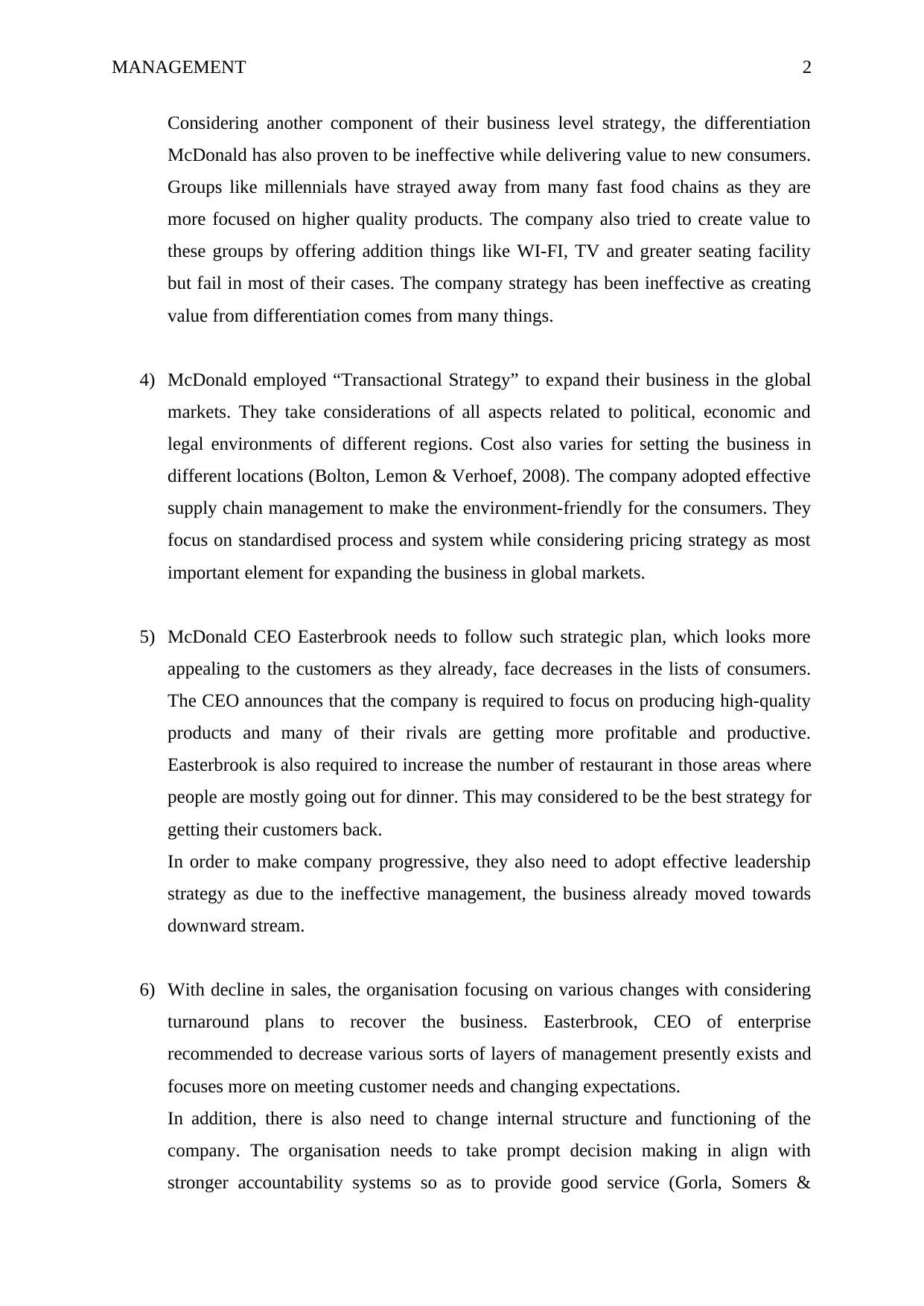

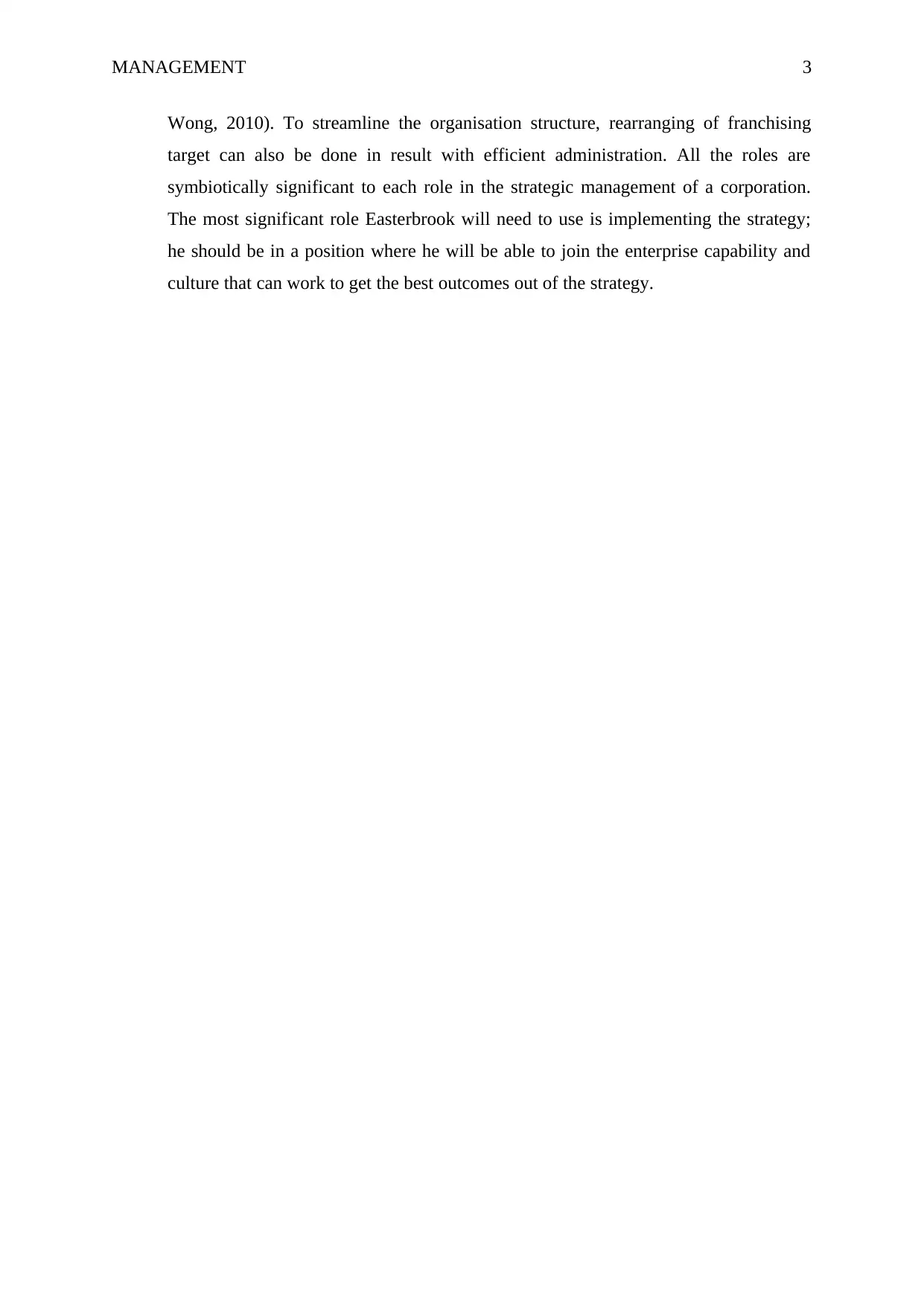
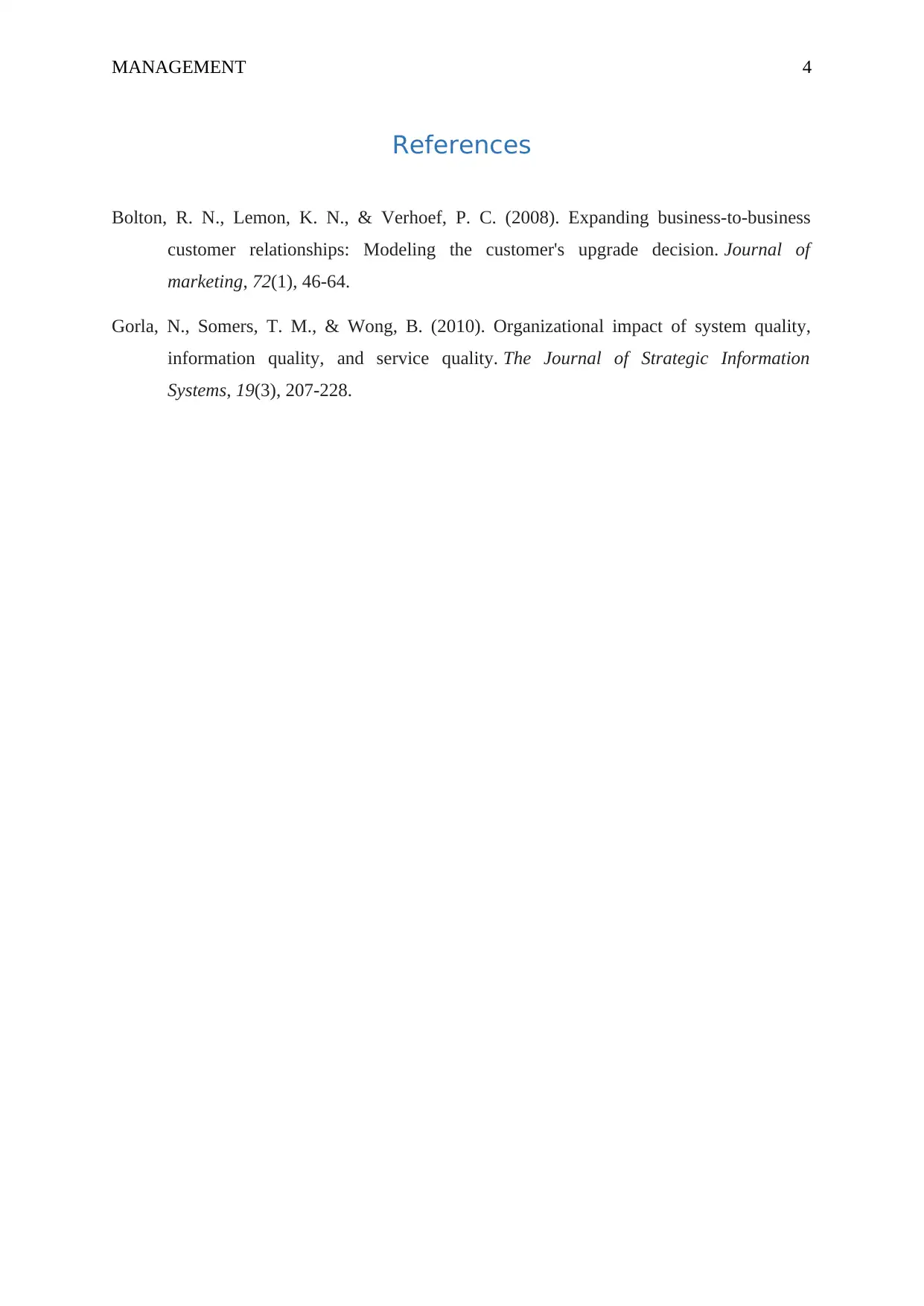






![[object Object]](/_next/static/media/star-bottom.7253800d.svg)